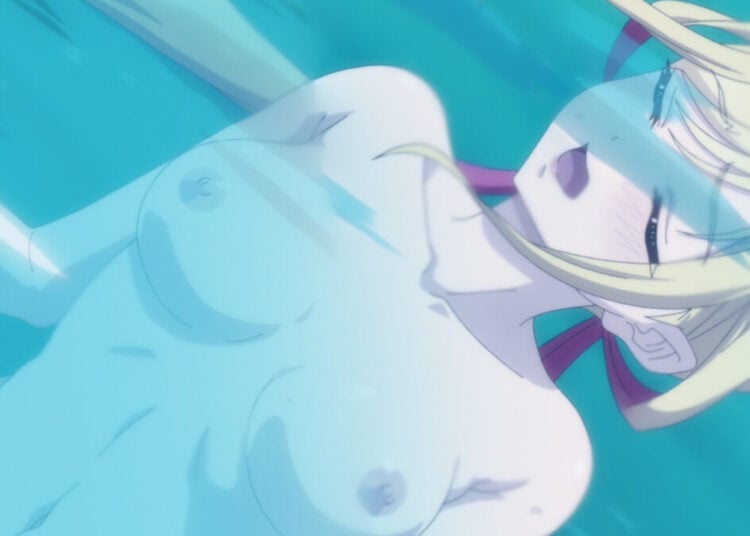Released in 1993 on Laserdisc, Desert Rose: The Snow Apocalypse (Japanese: Suna no Bara: Yuki no Mokushiroku) is an action OVA from J.C. Staff based on the manga by the same name (1989–98). Directed by Yasunao Aoki and written by original creator Kaoru Shintani (of Area 88 fame), this might look like an obscure piece of anime history 27 years on, however, it’s long overdue for a reappraisal. Not as a quirky footnote but as an unsung classic in its own right. One that’s ahead of its time, even.
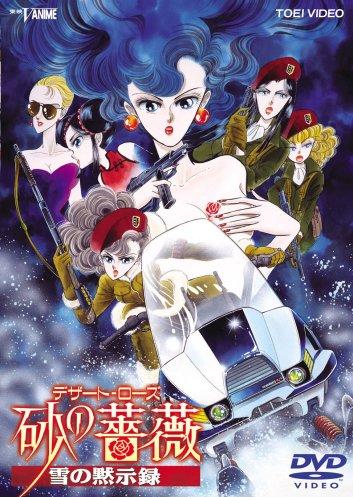
According to YouTuber KaizerBeamz’s KYOTO VIDEO episode on the anime, it was part of what’s nicknamed the “lady action” subgenre (aka “Girls with Guns“), which first emerged around the early ‘80s and helped pave the way for works like Black Lagoon (2002). Yet, despite coming out in the wake of hits such as Bubblegum Crisis (1987-91), you’d be hard-pressed to find the title nowadays. Which is a shame, as there’s much going for it.
With a runtime of 47 minutes, it doesn’t take too long to see why.
Roses and Thorns
Mirroring the episodic nature of the source material, not unlike Golgo 13: The Professional, the Desert Rose OVA is a self-contained tale following the Counter-Attack Terrorism spec-ops group. Led by wealthy widow-turned-commander Mariko Rosebank (Yûko Sasaki), this all-female elite force goes where it’s needed in the name of making the world safer. One day, the organization’s hired to protect a discreet peace summit in Switzerland from an insidious terrorist attack. While failure would mean potential nuclear war, for its beautiful yet vengeful leader it’s just another day in the office.
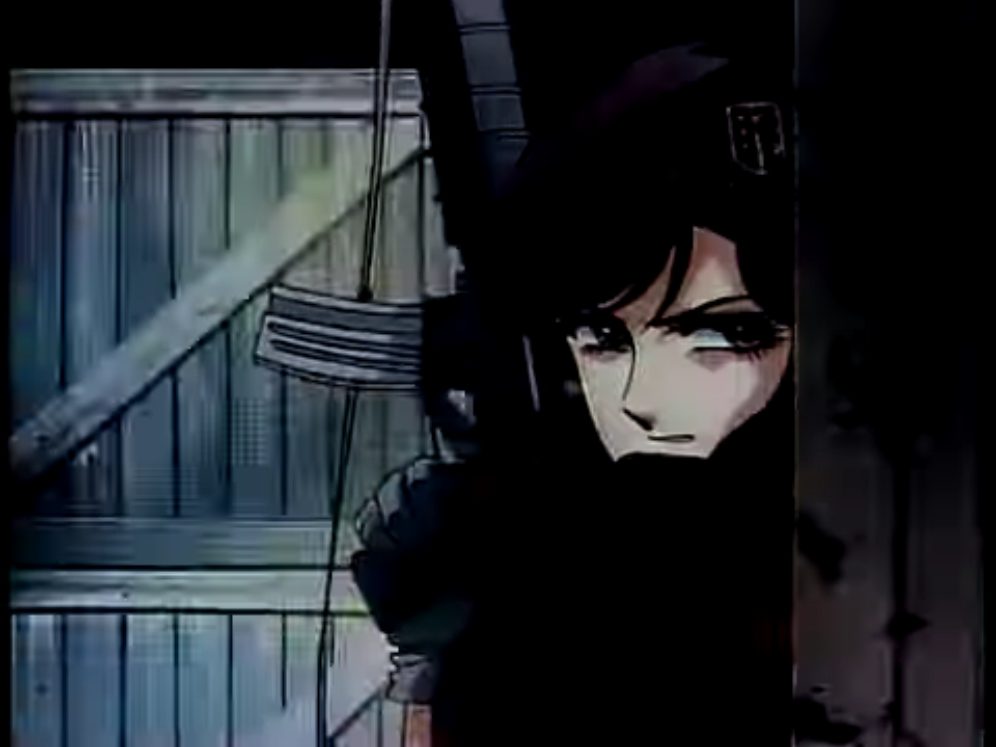
What catches your attention is how peculiar this Seinen work is. For one, the art style wouldn’t be out of place in a Shoujo or Josei manga. Indeed, many of the women shown (especially in the CAT force) are very attractive, with many feminine touches (like segues into fashion) and sly bits of fanservice for good measure. The aesthetics, though, also stands in sharp contrast to how brutal the bloodshed can get.
The anime also manages to be both dated and prescient of the future. On the one hand, you have references to East Germany and the Soviet Union among others, despite the Cold War already having been over for a few years by the time the OVA came out. The outfits, as well as some of the more patronizing sentiments from some of the male characters also scream “late ‘80s-early ‘90s.” On the other hand, it all but foresaw the threat posed by terrorists and militant groups, culminating in the War on Terror. In addition, the ladies’ exploits would ring familiar for those familiar with games as varied as Tom Clancy’s Splinter Cell and Rainbow Six series, as well as Hideo Kojima’s later Metal Gear Solid titles.
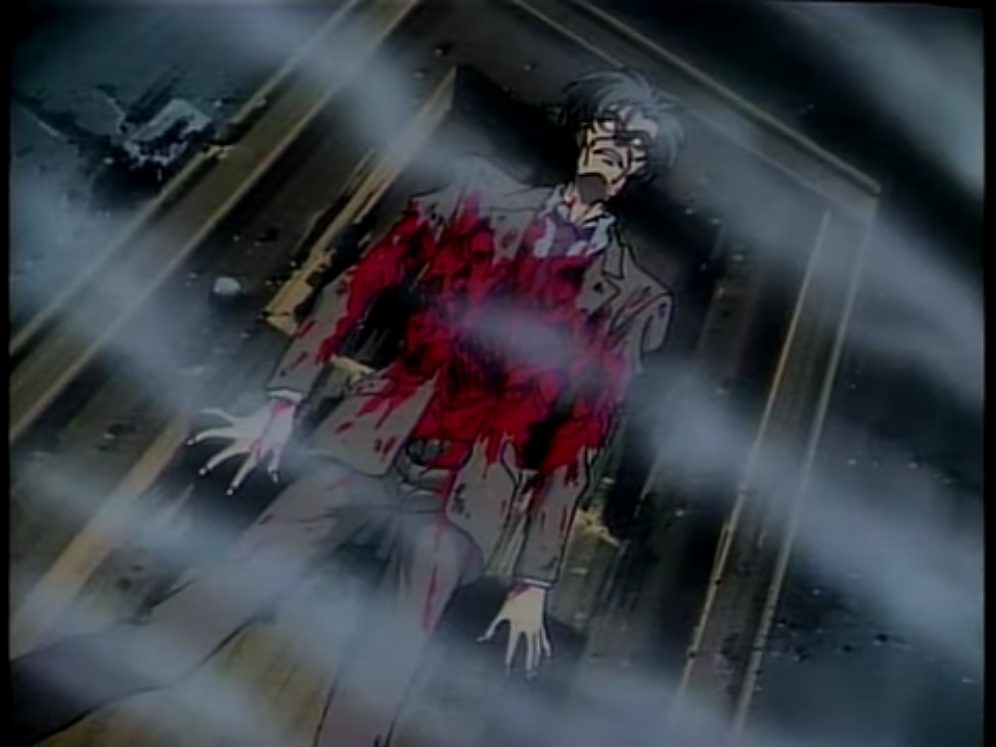
In less competent hands, it’s not hard to see how Desert Rose could have either been a trainwreck waiting to happen, or a dragging piece of cheap cheesecake that would have easily been lost among the crowd. But there’s much more going for it than it seems.
Deadlier Than the Male
Much as with Area 88, Shintaki’s penchant for detail is very much present in Desert Rose. From the accurate rendering of the firearms shown, to how the women of CAT keep themselves fit and conduct themselves like soldiers, you could tell that the animators did their research. The build-up to the climax alone, which involves the protagonists intricately setting their plans to keep the conference safe, are at once plausible and nerve-wracking. On top of really selling the hyperrealism, these do a good job of making it easier to suspend disbelief.

The blending of military and spy film bravado, with a sense of seriousness, echoing Golgo 13, also translate rather well in execution. The dated Cold War backdrop and fanservice don’t distract from the gore, or from the grounded threat posed by terrorism. Indeed, you get a glimpse of the lead heroine’s tragic backstory, which combined with her emotional yet stern performance, makes that otherwise cliché vow to rid the world of terrorists as believable now as back in ‘93. There’s still a fair bit of gung-ho action, however, that pervades the presentation, though with a feminine touch; the sight of ladies in cocktail dresses chasing hitmen, guns blazing, is just a taste. The generally solid voice acting (with Banjo Ginga playing Swiss commando Ernst Heineken) and a suitably pumping late ‘80s-early ‘90s musical suite makes the crisp animation all the more pleasurable to watch.
While the runtime and episodic story don’t offer much room to develop the various characters, the OVA nonetheless does its best to bring the largely female cast (or at least the leading ladies) to life. Whether it’s Mariko herself, the burly yet motherly Jessica Kureakin (Hiroko Emori) or seen-it-all nymphomaniac Irene Sanders (Chieko Honda), each have their own personalities and fair share of screen-time; while 47 minutes isn’t enough to give everyone in CAT their due, at no point do they seem wasted. What you get as a result is a genuinely solid anime that wears its female empowerment proudly, even for its time. All while being natural and relatable instead of being superficial caricatures or cheap bait.
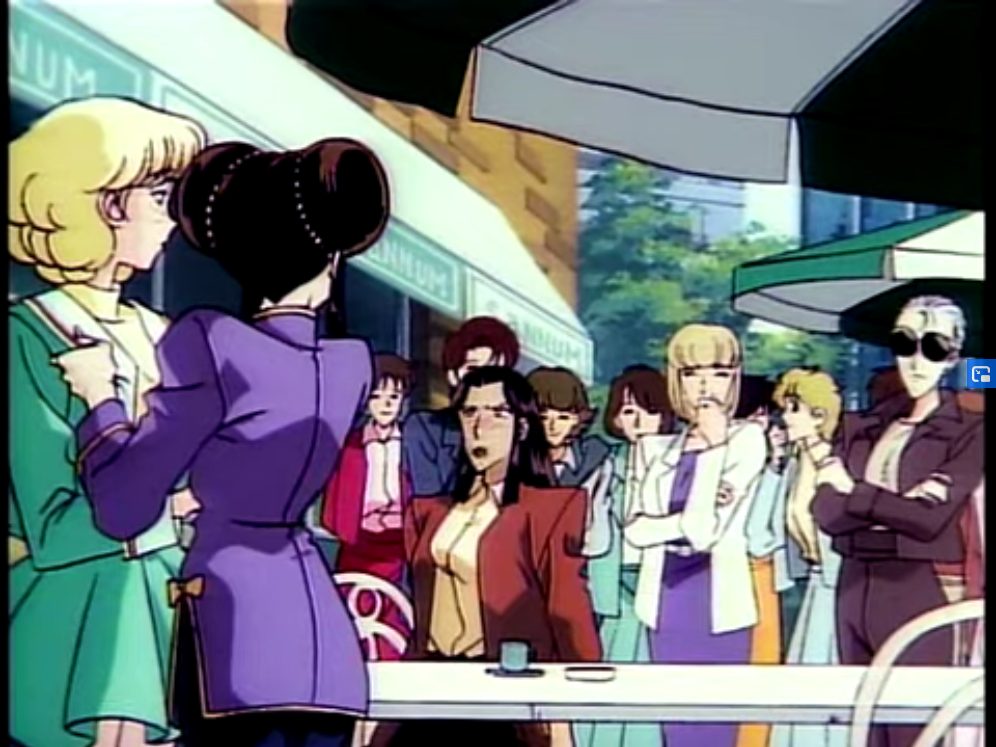
Gone Before its Time?
Whether it’s due to the niche nature of the source material or simply bad timing, you’re left only with a Laserdisc and DVD release, with little else. As there’s not so much as a Wikipedia entry in English, and with the Japanese version only marginally more helpful, it’s reasonable to say that this Shintaki work slipped rather quietly into the night, soon to be eclipsed by You’re Under Arrest’s first anime adaptation in ‘96.
Yet, even after all this time, it wasn’t quite forgotten. Gradually over the 2010s, the OVA was rediscovered, with English subbed recordings popping up online. Whether it’s the underlying motifs being more relevant in the 21st Century, a non-patronizing depiction of strong women that’s better handled than even certain modern Hollywood productions, or simply the sight of girls blowing things up Tom Clancy-style, there’s something to be found for any contemporary fan.
KaizerBeamz’s KYOTO VIDEO feature on the OVA (showing Irene Sanders in the thumbnail), which also covers the manga. Circa 2019. (Source: YouTube)
While the odds of a modern remake are unlikely, it’s still not too late to give the CAT ladies a shot.



